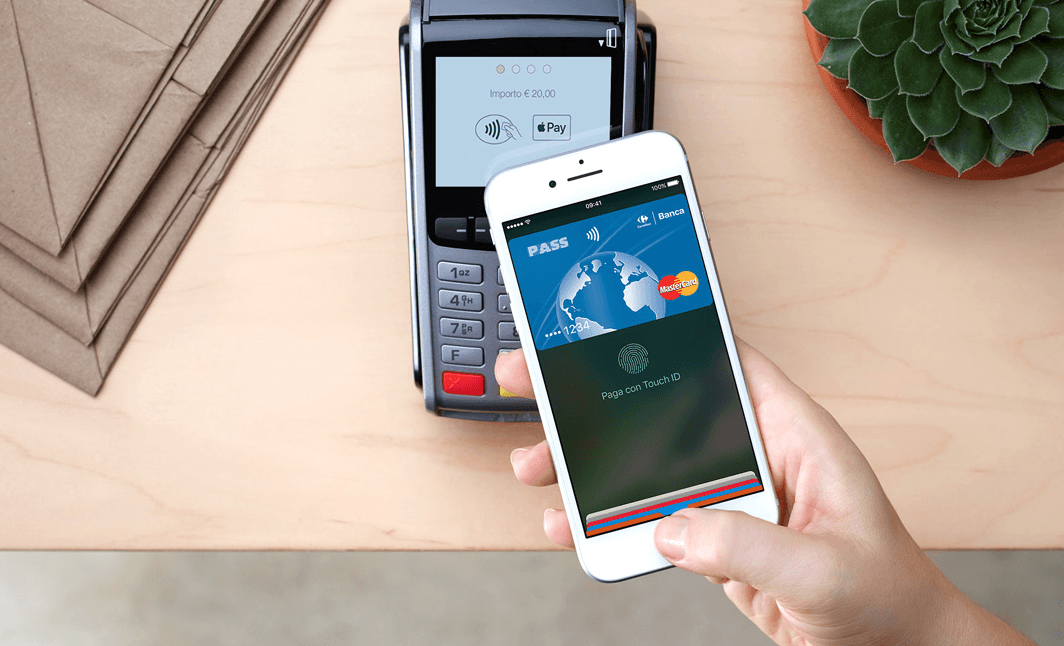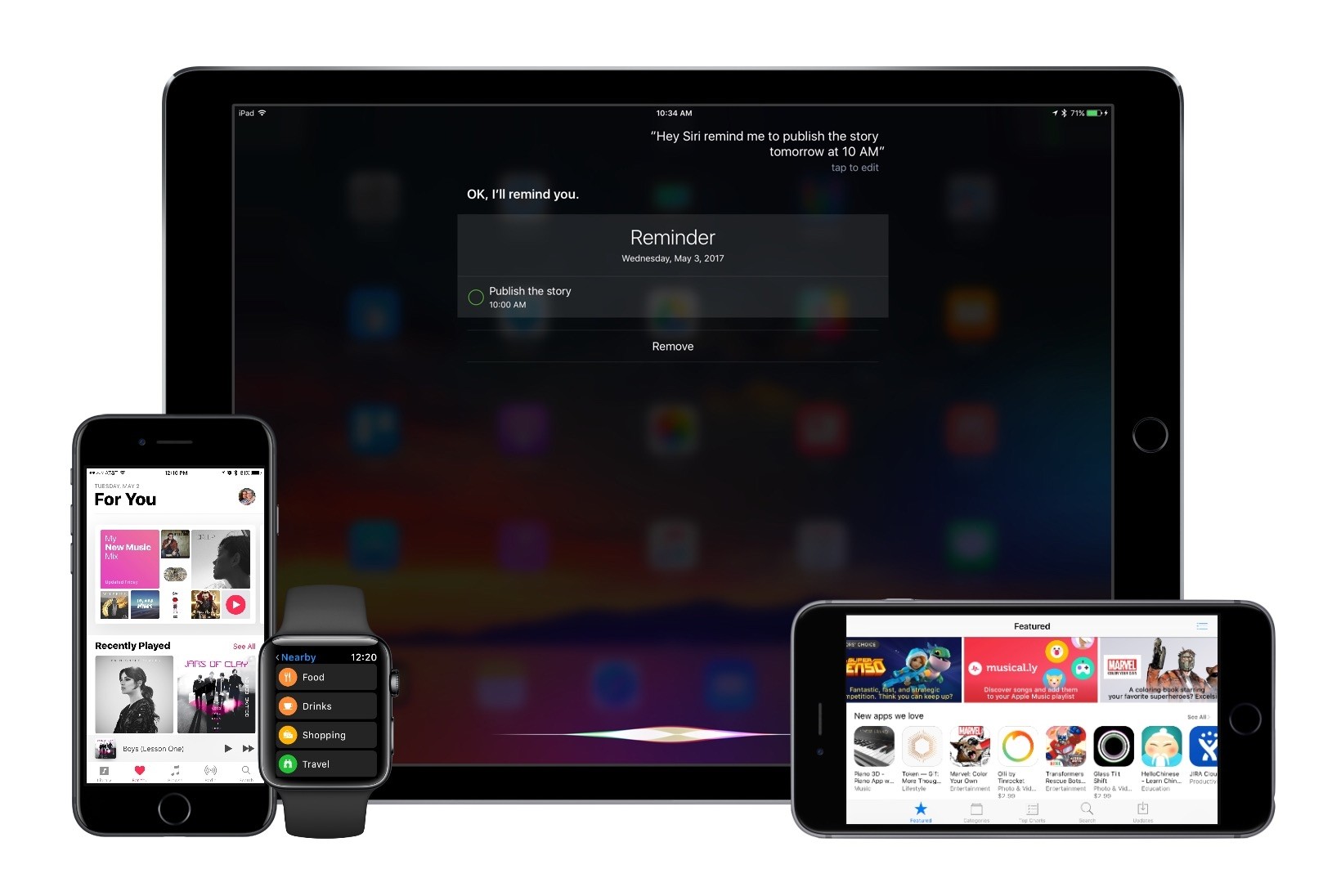I recently came across a demo of AR Quick Look, an iOS 12 feature that allows apps to present 3D and AR previews for objects built using the new USDZ file format. Shopify, the popular e-commerce platform, is going to take advantage of AR Quick Look to let customers preview items in their surroundings directly from Safari, contextually to the shopping experience.
Here’s Daniel Beauchamp, writing on the Shopify AR/VR blog:
For the past three years, Shopify has been exploring how AR / VR will change the way consumers shop. Last year, we showed how Apple’s ARKit could be used to provide compelling AR commerce experiences. The main complexity was that ARKit needed to be run in an app. This meant that Shopify merchants looking to offer these experiences had to have their own unique mobile apps that customers would need to download.
With iOS 12’s AR Quick Look, 3D models of products in the usdz file format can be uploaded directly to online Shopify stores and viewed in AR right within Safari, without needing to download a separate app.
His video gives you an even better idea of the integration possible between Safari, ARKit, and Apple Pay in iOS 12:
Browse for products, preview them in AR, and then buy with Apple Pay. All within Safari on iOS 12. It’s a delightful experience that Shopify merchants will be able to offer this fall. #arkit #ios12 #shopify pic.twitter.com/KLOKkBKAjp
— Daniel Beauchamp (@pushmatrix) July 11, 2018
Beauchamp argues that “the web is how AR becomes mainstream” – looking at these demos, it’s hard to disagree. Not having to install a dedicated ARKit app for every single online store we use and actually having the ability to share and preview models from Safari or Messages is going to remove a ton of friction from the current ARKit experience (as far as shopping is concerned). I can imagine that producing 3D objects at scale will be merchants’ biggest hurdle in the short term, though.
I wasn’t aware of this until I did some research, but Apple also launched an interactive AR Quick Look Gallery as part of their ARKit 2 mini-site. You can also test Shopify’s improved shopping flow featuring ARKit and Apple Pay here.







